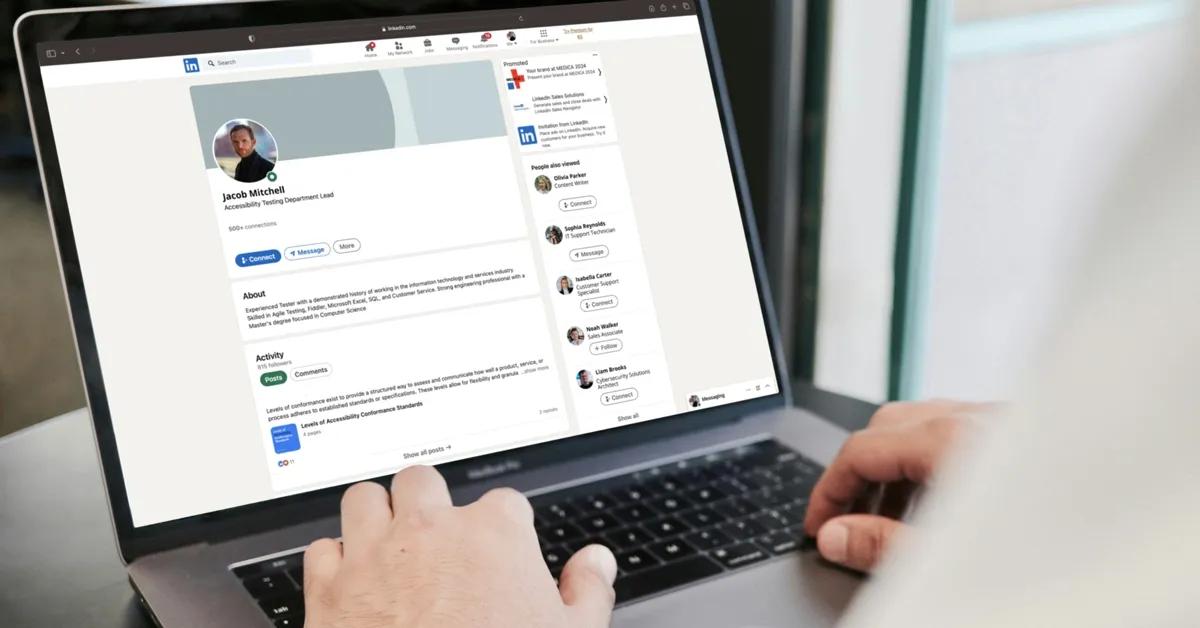Internship applications come with different expectations - and that’s actually a good thing! While prior experience can be a bonus, it’s not a requirement and shouldn’t hold you back from applying. At this stage, your potential, motivation, and genuine interest in the field can be just as valuable.
That said, relevance still matters. Even without a long list of roles, you can make a strong impression by highlighting your education, coursework, or projects that align with the internship.
In this article, I’ll share practical ways to shape your CV when you’re just starting your career. With the right approach, structure, and a few smart choices, your resume can make a strong impression and open doors to valuable opportunities — as long as what you present connects meaningfully to the role you’re applying for.
1. Make it clear and make it stand out!
Internships often attract many applicants, so a CV that highlights your strengths and relevance can help you stand out from the crowd. And standing out doesn't mean having the longest list of achievements — it means showing why you're a good fit, right from the start. One of the best ways to do that is by showing clear motivation. It’s one of the most valuable things you can bring to an internship, and often what sets strong candidates apart. A well-written motivation letter can absolutely help here, and for internships, it can be a real advantage. But even a short, tailored introduction at the top of your CV can make a lasting impression.
For example, instead of jumping straight into your education or skills, you might include something like:
“With a solid foundation in courses like Programming Fundamentals, Web Development, and Database Systems - and a strong interest in building practical skills - I’m eager to contribute and grow as an [Position] intern at [Company Name].”
This kind of statement shows not just what you’ve learned, but what you’re aiming for, and that’s exactly what recruiters want to see at this stage.
Tip: It’s easy to reuse the same CV when applying to multiple positions, but taking the time to tailor it to each role can make a real difference. Always update your introduction and highlight the experience most relevant to the specific internship you're applying for.
2. Education & work experience: What to include and how
This section is a key part of your CV, especially for internships where relevant education often carries a lot of weight.
Start by making your education easy to find and clearly connected to the internship you’re applying for. If your degree or program title isn’t immediately clear, don’t hesitate to add a short explanation or list a few courses that relate directly to the role. Reading the internship description carefully will help you understand what the employer values most - often it’s specific skills or knowledge you’ve gained through your studies.
When it comes to work experience, relevance is everything — but that doesn’t mean only listing jobs in the same field. Think broadly: any role that helped you develop soft skills like communication, teamwork, or attention to detail can be important. Experience in fast-paced environments, customer service, or team projects can show you’re prepared for the workplace culture and demands of the internship.
Try to reflect some of the keywords or phrases from the internship description in your CV - whether those relate to tools, technical skills, or personal qualities like “problem-solving” or “collaboration.” Even if your previous jobs seem unrelated at first, highlighting these transferable skills can make a difference.
Tip: Always list your experiences in reverse chronological order - starting with the most recent. It helps recruiters quickly understand your current status and availability.
Bonus tip: If you’ve had many short-term or part-time jobs, focus on those that helped you build relevant skills. Your CV is better off being clear and focused, rather than packed with every role.
3. Language skills
Language skills might seem like a small detail, but they can make a big difference - especially in internships where knowing an extra language isn’t just a bonus, but sometimes a requirement.
Always list the languages you speak and include your proficiency level. Using standardized levels like B1, B2, C1, and C2 (based on the Common European Framework of Reference for Languages (CEFR)) helps recruiters quickly understand your abilities.
If you prefer visual indicators like bars or dots, save those for languages where you’re fluent or close to fluent. Half-filled visuals can easily be misunderstood or look unclear.
Tip: Always match the language of your CV to the internship posting. If it’s written in English, submit your CV in English too.

4. Additional skills
The skills section is your chance to show potential - especially if formal experience is limited. Highlight what’s relevant: university courses, certifications, tools you’ve worked with, or hands-on projects.
Think about relevance when it comes to hobbies, too. If you're applying for a technical role and love fixing phones or building PCs, include it — it shows curiosity and a hands-on mindset. But your love for swimming? Probably not necessary (unless you're applying to be a lifeguard).
Tip: This section doesn’t need to be long — just meaningful. Focus on quality over quantity, and include only what supports your application. Unrelated extras can take up space without adding value.
5. Final check: Review your CV
Before you hit send, take a few minutes to review your CV and not just for typos. This step is about more than spelling or grammar (though yes, those still matter). It’s your last chance to catch small mistakes that could cost you an opportunity.
Start with the basics: Is your email correct? Phone number? Location? You’d be surprised how often tiny errors make it impossible for recruiters to get in touch.
Then, check for alignment - are you sending the right version of your CV to the right role? If you’ve written a tailored introduction or motivation letter, make sure it actually matches this internship, not one you applied for last week.
And while you're at it, take a look at the layout, too. Design and color choices are personal, and that’s okay, but a clean structure, clear section headings, and smart use of white space will make your CV easier to scan. Avoid crowding everything into one long scroll - break it up, guide the eye, and let the most important info stand out. Clarity goes a long way in making a strong first impression.
Final thoughts
You don’t need to check every box. What matters more is being intentional with what you bring - and using it to tell a clear, relevant story.
The strongest applications come when your background, interests, and potential align with the role. When that connection is there, it becomes much easier to present a compelling case - and your CV becomes a tool that reflects that fit.
The tips above are here to help you shape that tool with clarity, focus, and purpose.
So don’t worry about having a “perfect” profile. Focus on showing the best version of yourself for the right opportunity — that’s where your effort will make the greatest impact.
Have you successfully completed an internship program?
Head to our careers page to see our open positions!


